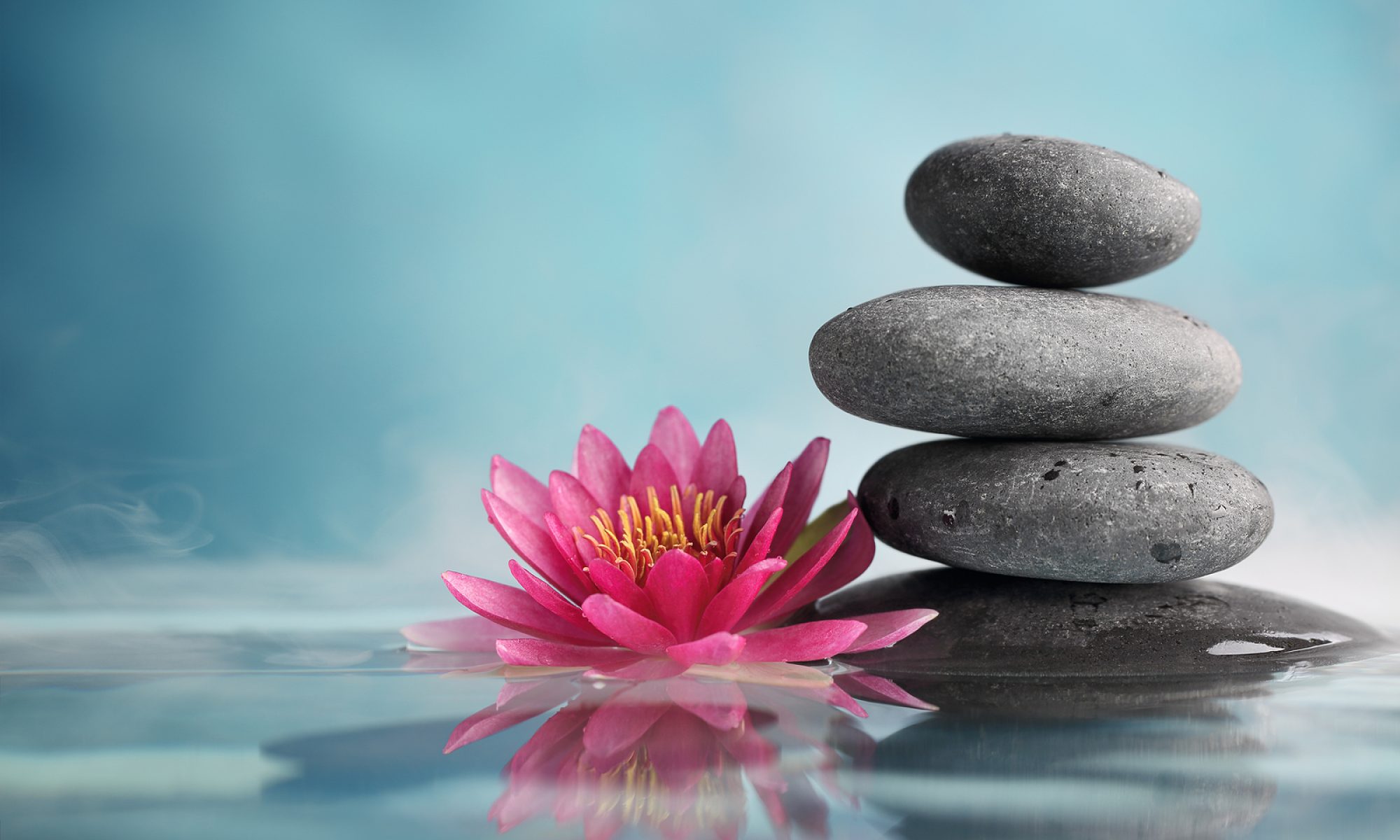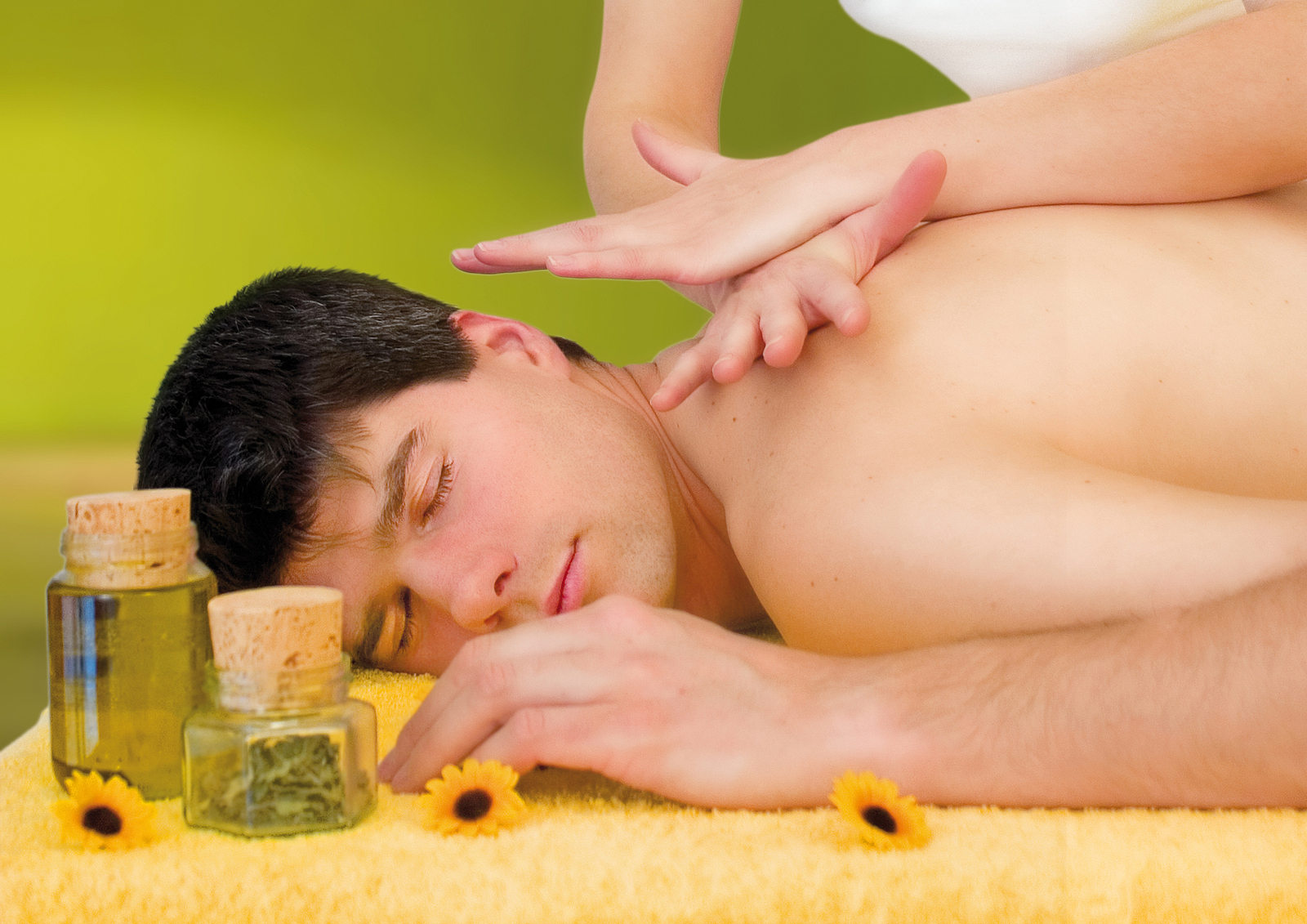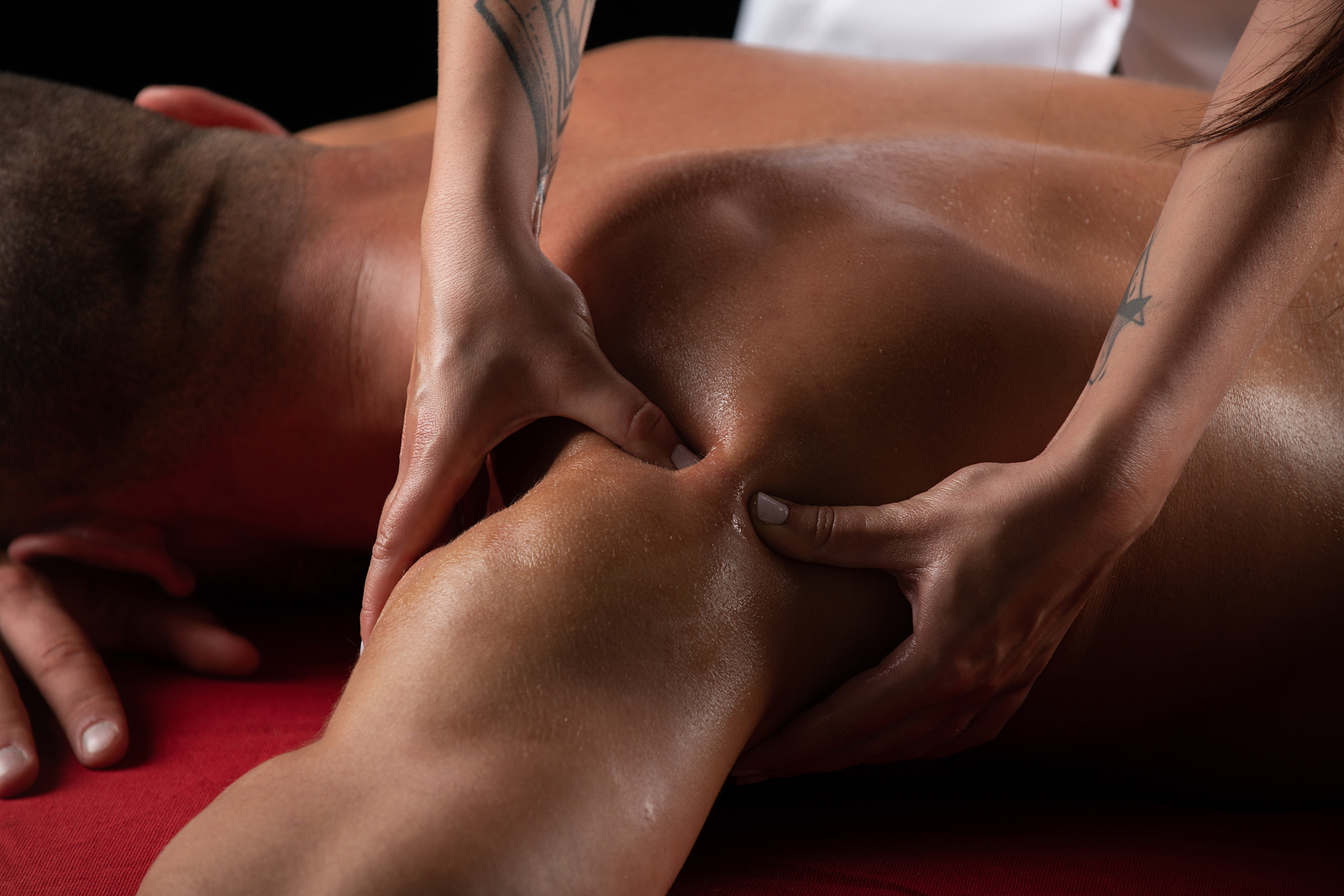Unlocking Wellness: The Incredible Health Benefits of Routine Massage Therapy at Olive Massage in Chesterfield, MO.
(MassageSpaSTL) In the heart of Chesterfield, Missouri, Olive Massage is proud to offer a sanctuary of healing and relaxation. While massage therapy is often viewed as an indulgent luxury, the truth is far more powerful. Routine massage therapy is a scientifically backed wellness tool with numerous physical, emotional, and mental health benefits. From reducing chronic pain to lowering stress hormones, massage is one of the most holistic approaches to maintaining a healthier, more balanced lifestyle.
At Olive Massage, we specialize in Asian Massage, Swedish Massage, Deep Tissue Massage, and Reflexology Massage, each designed to target specific concerns while promoting whole-body wellness. In this comprehensive post, we’ll explore the health benefits of routine massage therapy, how different massage techniques work, and why investing in your body through regular treatments may be one of the smartest wellness decisions you can make.
What is Routine Massage Therapy?
Routine massage therapy involves receiving consistent massage treatments—weekly, bi-weekly, or monthly—based on your specific needs and goals. Rather than waiting for pain or tension to build up, routine therapy works preventatively, much like regular exercise or a healthy diet.
Massage is a manual therapy that manipulates the soft tissues of the body to improve circulation, promote healing, reduce muscle tension, and calm the nervous system. At Olive Massage in Chesterfield, our expert therapists use ancient and modern techniques to help you feel and function better, both physically and emotionally.
1. Reduces Muscle Tension and Chronic Pain
One of the most immediate and noticeable benefits of massage therapy is its ability to relieve muscle tension. Whether you suffer from back pain, neck stiffness, or joint discomfort, massage helps loosen tight muscles, reduce spasms, and improve range of motion.
Techniques like Deep Tissue Massage target the deeper layers of muscles and connective tissue to break down adhesions and relieve chronic pain conditions such as:
-
Sciatica
-
Fibromyalgia
-
Tension headaches
-
Carpal tunnel syndrome
-
Sports-related injuries
When performed consistently, massage therapy can help retrain muscles to move more efficiently, preventing future injuries and making daily activities less painful.
2. Boosts Immune Function
Stress is a major factor in suppressing the immune system. Routine massage helps activate the body’s parasympathetic nervous system—the “rest and digest” mode—allowing your body to heal and fight off illness more effectively.
Scientific studies have shown that massage therapy increases levels of white blood cells, particularly lymphocytes, which are critical for immune response. At Olive Massage, we’ve seen clients report fewer colds and faster recovery when they receive massages regularly, especially during flu season.
3. Reduces Stress, Anxiety, and Depression
Massage therapy isn’t just about physical touch; it has a profound impact on your mental and emotional well-being. Regular sessions at Olive Massage can lead to a significant reduction in stress hormone levels, such as cortisol, while increasing serotonin and dopamine, the “feel-good” chemicals responsible for happiness and calm.
According to the American Massage Therapy Association, regular massage therapy can reduce symptoms of:
-
Generalized anxiety disorder
-
Depression and mood swings
-
Sleep disorders
-
PTSD
-
Work-related burnout
In today’s fast-paced society, making time for regular massage sessions can be a powerful form of self-care, offering mental clarity, emotional balance, and a profound sense of relaxation.
4. Improves Circulation and Cardiovascular Health
A healthy circulatory system delivers oxygen and nutrients throughout the body, while also removing waste products and toxins. Massage therapy stimulates both blood and lymphatic flow, which helps improve tissue function and detoxification.
Routine massage is associated with:
-
Lowered blood pressure
-
Improved heart rate variability (HRV)
-
Better nutrient absorption
-
Decreased swelling and fluid retention
For individuals with sedentary lifestyles or circulation disorders, massage in Chesterfield at Olive Massage can be a vital component of a heart-healthy lifestyle.
5. Enhances Sleep Quality
Insomnia and poor sleep quality are growing problems, often tied to stress, anxiety, and muscle discomfort. Massage therapy helps restore your body’s natural sleep-wake cycle by lowering stress hormones and promoting melatonin production.
Clients often report deeper, longer, and more restorative sleep after routine massage therapy. Swedish massage and Reflexology, in particular, are great for calming the nervous system and encouraging relaxation.
At Olive Massage, our serene, clean, and quiet atmosphere supports restful transitions—many clients fall asleep on the table during their session!
6. Supports Digestive Health
Believe it or not, massage can have a direct and beneficial impact on your digestive system. Certain massage techniques promote peristalsis, the movement of food through the digestive tract, and can relieve symptoms such as:
-
Bloating
-
Constipation
-
Indigestion
-
Abdominal tension
Reflexology massage, a specialty at Olive Massage, uses pressure points on the feet and hands to stimulate corresponding organs, including the stomach and intestines. This non-invasive therapy is both relaxing and functional for digestion.
7. Improves Posture and Body Alignment
If you work a desk job, stand for long periods, or spend hours on your phone, you’re likely experiencing postural imbalances that lead to tight shoulders, a curved spine, and misaligned hips.
Routine massage therapy helps realign the body by:
-
Lengthening tight muscles
-
Loosening fascia
-
Improving joint mobility
-
Restoring balance between muscle groups
As posture improves, so do breathing capacity, energy levels, and mobility. At Olive Massage in Chesterfield, we often combine Swedish and Deep Tissue techniques to help correct these modern-day postural issues.
8. Accelerates Recovery from Injury
Whether you’re recovering from surgery, a sports injury, or repetitive strain, massage therapy plays a crucial role in the rehabilitation process. Routine treatments increase blood flow to injured areas, reduce inflammation, and aid in muscle recovery and flexibility.
Massage can shorten recovery time by:
-
Preventing scar tissue buildup
-
Reducing muscle stiffness
-
Supporting nervous system repair
-
Decreasing pain without the use of medication
For athletes and active individuals, incorporating massage into their routine can enhance performance, reduce downtime, and help prevent future injuries.
9. Enhances Skin Health
Massage therapy promotes circulation, which helps nourish the skin and maintain its vibrant and healthy appearance. The oils used during treatment also moisturize the skin, making it softer and more elastic.
Massage may also help:
-
Reduce the appearance of cellulite
-
Promote collagen production
-
Decrease skin inflammation
-
Improve overall tone and texture
At Olive Massage, we use skin-safe, high-quality oils that not only enhance the massage experience but also leave your skin glowing and hydrated.
10. Encourages Mindfulness and Body Awareness
A routine massage helps build a deeper connection between your mind and body. As therapists work on different muscle groups, you become more aware of where you carry tension, how your body responds to stress, and which areas require more attention.
This heightened body awareness supports better decision-making around exercise, posture, hydration, and emotional regulation.
Massage therapy fosters mindfulness, helping you stay grounded in the present and better attuned to your needs.
Why Choose Olive Massage in Chesterfield?
At Olive Massage, we are passionate about offering authentic massage experiences deeply rooted in Asian healing traditions. Our therapists are trained in a variety of modalities to meet your personal health goals, whether you need:
-
Relaxation and stress relief
-
Targeted pain management
-
Athletic recovery
-
Holistic wellness support
Our space at 13714 Olive Blvd, Suite A, in Chesterfield, MO, is designed to be clean, quiet, and distraction-free, allowing you to immerse yourself in the healing power of touch fully. Every session is tailored to your body, needs, and goals.
Creating a Routine That Works for You
To maximize the health benefits of massage therapy, we recommend the following frequencies based on your situation:
-
Weekly Massage – Ideal for individuals managing chronic pain, high stress, or injury recovery.
-
Bi-Weekly Massage – Great for maintaining balance, posture, and mobility.
-
Monthly Massage – Perfect for general health maintenance and preventive wellness.
We also offer customized treatment plans, discounted packages, and gift cards, making wellness accessible for everyone.
Take the Next Step in Your Wellness Journey
Your health is your greatest asset, and taking care of your body today ensures a stronger, more vibrant tomorrow. Whether you’re new to massage therapy or looking to deepen your existing routine, Olive Massage is here to support you every step of the way.
Let us help you reduce stress, manage pain, and improve your quality of life—one massage at a time.
Call us today or visit us at 13714 Olive Blvd in Chesterfield, MO to book your appointment. Experience the Olive Massage difference and start living a healthier, more balanced life.


